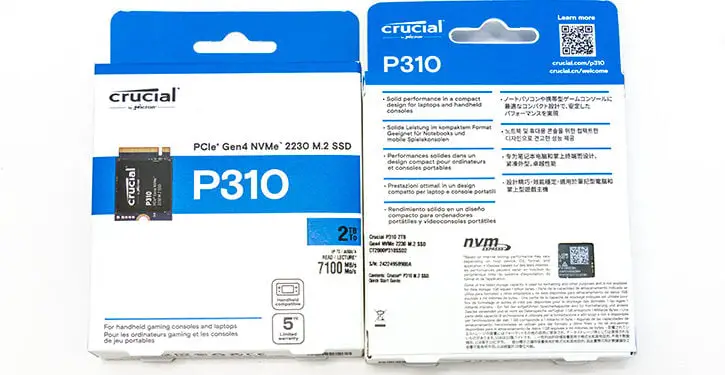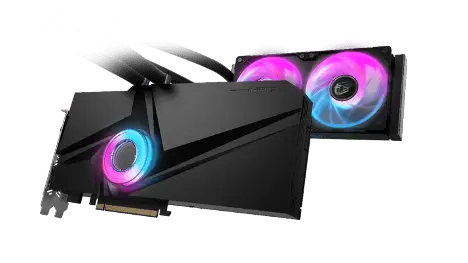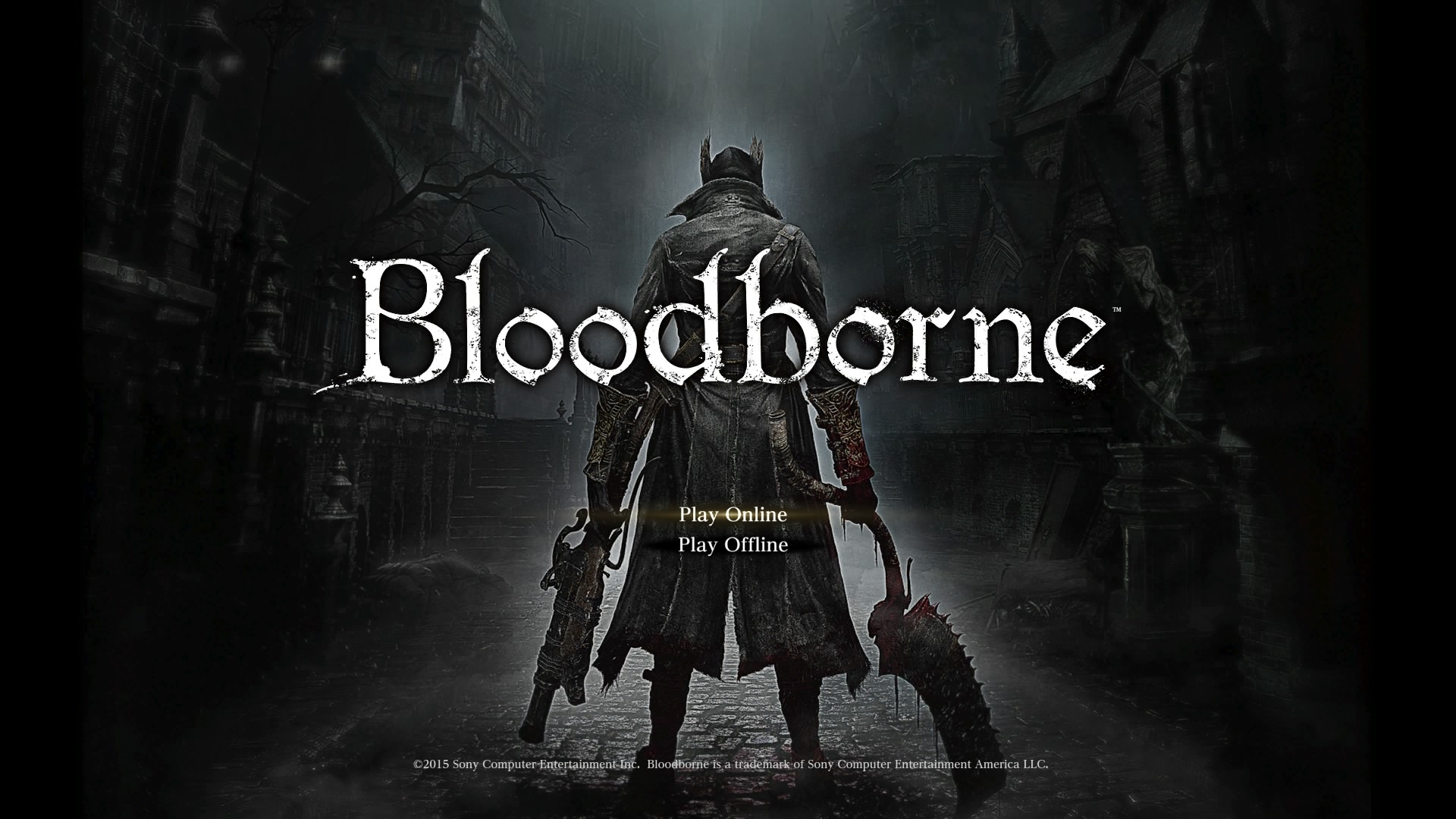Final Score: 84 out of 100
Let us start with the large elephant in the room. No. The 2230-S form-factor is not going to make large inroads into the desktop or even sensible-sized portable PC market. It is a compromise design that is based on itself a compromise standard. After all. What the M.2 standard was originally called was the Next Generation Form Factor and was made specifically to fit inside the (then upcoming) itty bitty Intel NUC systems’ form-factor. Swap out ‘NUC’ for the even smaller Steam Deck and you begin to realize how many (more) compromises had to be made to even get a PCIe NVMe SSD to fit! This compounding of compromises does impact real-world performance… and when in doubt a 2024 M.2 2242 will outperform a similarly priced M.2 2230; which in turn will be outperformed by a M.2 2060, which in turn will be outperformed by a M.2 2280 sized model.
The other large, and pink… and oh so angry, elephant in the room is the use of QLC NAND. We are not fond lovers of QLC. Sixteen separate and distinct voltage points per cell is pushing the boundaries of not just incredulity but actual sanity. That is why we are much more comfortable with… two(SLC) voltage points. MLC and its four states was a step in the wrong direction, and eight (TLC) is about at the limits of our personal tolerances. It pushes things because each doubling of voltage points dramatically decreases r/w performance, reliability, and overall durability. Furthermore with sixteen die pack, 1Tbit per die, B58R TLC NAND well and truly proven there was no burning need to use a (single sixteen die pack, 1Tbit per die, N68R) QLC NAND IC. Or at least no burning need beyond build cost. The tray price of the 16Tbit variant of “B58R” TLC (e.g. NY266 and NY265) is quite literally over 50% higher than the QLC version used here inside the 2TB P310 SSD. Considering the price of the P310 is already above that of a similarly capacity 2280 form-factor’ed Crucial T500 we understand the reasoning behind making the P310 a showcase model for their QLC variant of their 232-layer R.G. NAND… and not a showcase model for precisely how bloody fast the TLC B58R NAND truly is. We just do not like it when choices are made solely based upon build price and nothing else.
With all that said. We sincerely… truly… deeply wish this controller and this QLC NAND was around back in 2022. It is simply incredible what levels of performance one can now get inside such a small package. It is in fact ‘good enough’ to have changed our opinion on DRAM-less based SSDs from ‘actively hostile to their very existence’ to ‘nearly neutral (in our animosity)’. It has done so because for the first time we can actually see actual use case scenarios for this type of controller. Typical scenarios where its lack of on the PCB RAM cache buffer will not (typically) impact real world performance ehough to justify the added cost of an E25 based model. So much so we generally think that a 2280 form-factored ‘P510’ could easily find its way into Crucial’s existing lineup and give the mainstream “P” options some much overdue love… as the P310 is simply too niche for most mainstream buyers.
With all that taken care of, let us turn our attention to what this P310 is intended to do. It is intended to boost your Steam Deck, any other computing system that relies upon the 2230 form-factor (and even your ultra-ultra-portable external storage device) into the stratosphere. To be perfectly candid, even i3 (or AMD equivalent) ‘NUC like’ form-factored systems could easily do a lot worse than rocking out with one of these little beasties installed in them. Yes. It relies upon QLC NAND. Yes, this means it relies upon its p-SLC buffer to keep write performance above Hard Disk Drive levels. Yes. It lacks a cache buffer causing it to stutter if pushed too hard. None of this matters as it does offer beast mode read performance and decent to excellent write performance in realistic real-world scenarios. It is only in highly unusual and / or synthetic test case scenarios that the QLC NAND and DRAM-Less issues go from theoretical to real. Put bluntly, 7GBps sequential read and over 6GBps sequential write levels are nothing to sneeze at. 1 Million read and 1.2 Million I/O Per Second write performance levels are also nothing to turn your nose up at. While it is true the intended devices of the P310 design will never… ever take full advantage of the P310s performance, overkill is just another way of saying ‘buy once, cry once’. Hell, many a portable ThunderBolt (or USB 4) based external storage device would be green with envy at what this tiny P310 can do. Better still, many a 2-year old mainstream system’s M2 2280 drive could do with an upgrade to that level of performance. All in a package so small that many a mITX system will require an adapter to secure it to the free M.2 port.
This major performance upgrade to, lets face it, low performance computing devices can indeed be even further enhanced via the use of two of these bad boys. Yes, this does exclude the Steam Deck, Raspberry Pi (and their laughably bad, and overpriced, HAT+ add-on board) and similar devices… but there are a lot of “mini-PCs” that do have two and sometimes even more M.2 slots just begging to be used. In these devices the noticeable increase in performance (and durability) RAID offers, combined with their low power and heat output, turns what is basically a great ‘games drive’ model into one that can indeed be used as a dual purpose OS + Games + Everything Else setup. Also something we thought we would never say about a 2242 let alone 2230 device. Just understand that even then compromises are being made, and some of these compromises may not be applicable, let alone appropriate, when it comes to your device. So when in doubt… always get the largest form-factor storage drive you can fit into your system. With all that said, we can see a lot of uses for this P310 series and genuinely look forward to higher numbered P-models. Maybe even a P model than combines this controller with TLC/B58R 2400MT/s NAND. Until that day, the P310 does indeed open up a world of possibilities and turn what was once a minor niche filled with “lowered expectations” into one where actually good performance is now not just a possibility… but a reality. Brave New World indeed.












